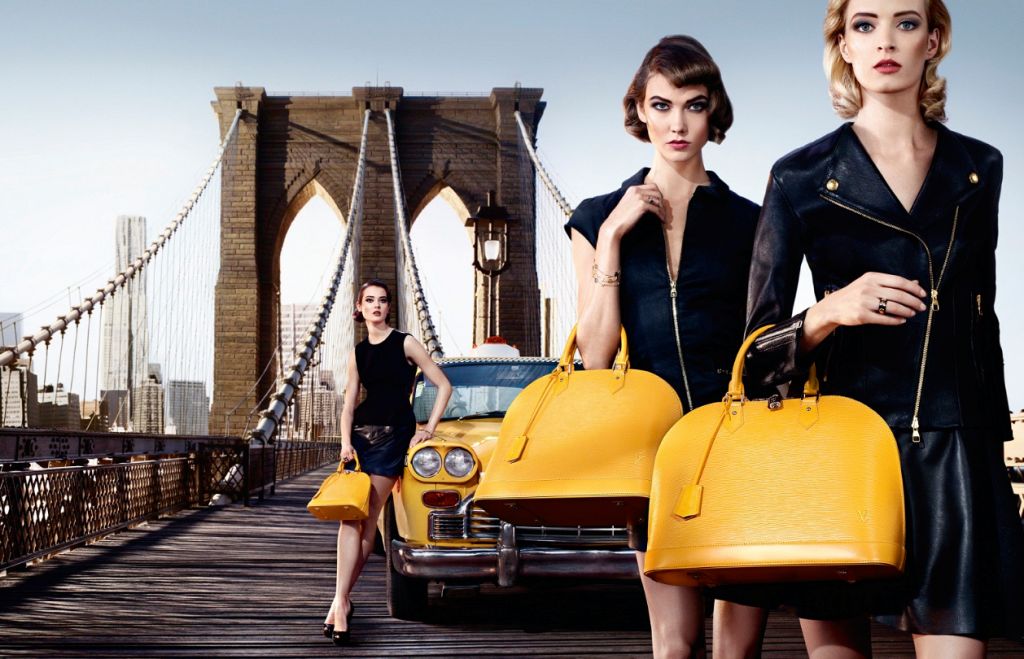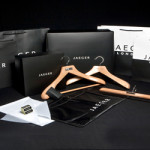The rise of Western consumerism is culturally tied to the idea of conspicuous consumption- the idea of spending money on big, public status symbols that are worth more to the buyer as signals of wealth than as functional items. Despite a decades-long history of indulgence in consumption, many luxury customers in the UK and elsewhere in the West are beginning to spurn prominent logos and flashy gear, turning instead to subtlety- and the world of luxury items is beginning to take notice.
Trends and Tastes
Cars, boats, houses- all of these are obviously status symbols just as much as they are useful goods. In a consumer culture, having a big house or car, or one that looks particularly expensive, is a major statement that many buyers feel is worth the price tag. This also extends to smaller items. Clothing, and accessories don’t get bigger to attract attention. Instead, they carry the logos of their luxurious markers in large fonts front and center, so that everyone can see that the wearer can afford the best. These signals show off wealth, which is one of the most important secular values. Taste is usually secondary to ostentation or flair.
At least, that has been the trend until recently. The combination of economic instability that cuts into luxury spending and new cultural evolutions has produced luxury consumers who prefer not to flaunt it if they have it. The new luxury buyer would rather have a bag that works better than everyone else’s and has a great design than one that displays a big brand or logo, and will often reject the latter- a striking reversal in tastes.
Economic Forces
The turbulence of 2008 and subsequent stagnation have shattered Brits’ expectations of continual economic growth and improvement. Employment is less sure than it used to be, and careers have devolved into job-hopping. The bottom line is that those who are not outright poorer now hold less assurance about their financial future. This is not a good attitude for luxury spending. Few are willing to put aside money on luxury goods when they are unsure if they have enough savings to cover emergencies, which seem more likely now than the have in the past. The effect is that even among the consumers who fall into the traditional income range for luxury spending, fewer of them are interested in luxury. With EU-wide economic difficulties persisting despite years of concerted effort by governments to solve the problem, the dismal outlook has taken hold in the general public and is likely to suppress luxury spending for quite some time. Those who do spend money on luxury goods feel less indulgent, and don’t want a large logo to remind them of what they spent.
Cultural Changes
Furthermore, the Western world has begun to have a deep conversation about inequality and privilege. Consumers are now self-conscious about showing off obvious wealth. Toting a bag with a large logo on it now seems not only tasteless, but downright rude. Conspicuous consumption is no longer something to admire- it has become crass, and overindulgence is now a sign of a middle class trying too hard to look rich- keeping up appearances for friends and neighbors. Constantly sporting designer brands is more likely to win enemies than envy.
Reactions
The luxury sector has already begun to adjust its marketing efforts. Fashion items now might have a small, discreet logo, if it has one at all. The identifier of a notable brand is now the design and color rather than the brand name itself. This appeals to customers no longer interested in broadcasting their status, and adds a whole new layer to luxury- exclusivity of taste. A luxury buyer can now feel that they are among the few who have the taste and discernment to pick out the best. It is not simply about money- it is about style. Carrying a bag from a luxury designer is a proclamation that it was the bag’s design and quality that attracted the buyer- not just a name sewn onto the front.
The roots of this trend have taken hold. Demand for luxury goods with minimal branding is growing in many areas, and customers now seek quality and evidence of historical heritage in luxury goods rather than big names. In short, the nature of the luxury buyer has changed. Luxury customers now want to feel, see, and experience the highest quality in what they buy. Both the marketing and the nature of luxury goods is evolving to meet the new demand. Commercials and ads have become more understated both in the West and in China, where an emerging middle class desires sophistication. While conspicuous consumers do still exist, particularly in Russia, the new wave of subtlety has begun to replace them. The new customers still want the same items- they just want different presentation and a greater emphasis on the item’s usefulness or efficacy. Expect this trend to continue as both the culture and the economy keep pushing consumer tastes away from the flashy and towards the experiential.
The luxury sector needs to balance appealing to both the old and new style of buyer, because they both still exist in the same markets.
Many thanks to www.keenpac.com for some valuable insight into the luxury packaging and branding market trends
Latest posts by Tim Capper (see all)
- A More Discreet Tone In The World Of Luxury Packaging - October 6, 2014
- How Packaging Design Works to Build a Brand’s Identity - February 25, 2014
- Retail Packaging Adapting To Consumer Trends - December 25, 2013















